The History and Significance of Turkish Carpet Weaving
Turkish carpet weaving is an ancient craft that dates back thousands of years. It is a unique art form that has been passed down from generation to generation, and it remains an important part of Turkey's cultural heritage today. Turkish carpets are known for their intricate designs and vibrant colors, and they are prized around the world for their beauty and quality. In this article, we will explore the history and significance of Turkish carpet weaving and how it has evolved over time.
Carpet weaving is an art form that has been practiced in Turkey for thousands of years.
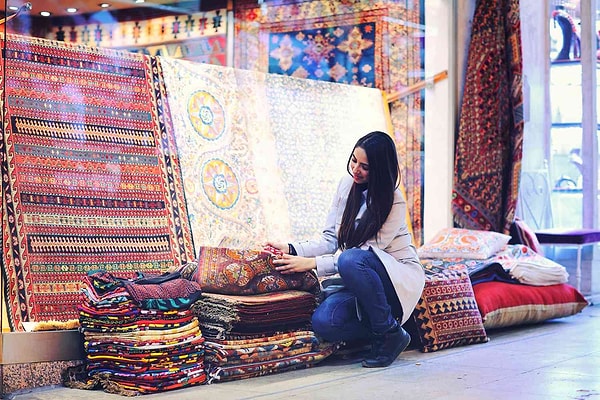
Turkish carpets are known for their intricate designs, vibrant colors, and fine craftsmanship. The unique and intricate designs of Turkish carpets are a testament to the creativity and skill of Turkish artisans, and they are admired around the world.
Turkish carpet weaving has its roots in nomadic tribes.
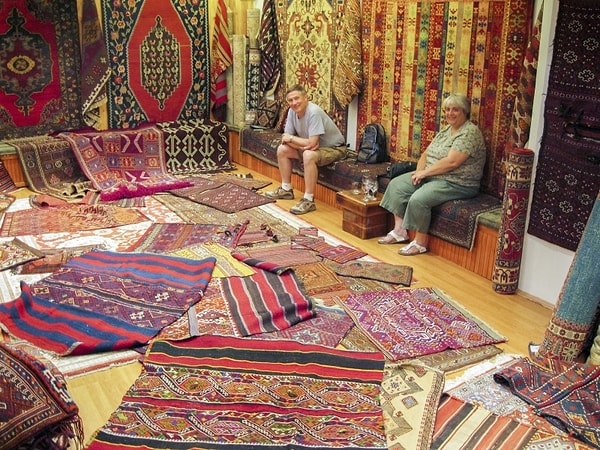
Turkish carpet weaving has its roots in nomadic tribes that roamed the Anatolian region of Turkey. These tribes wove carpets to use as floor coverings, wall hangings, and even as saddlebags for their horses. The early designs were simple and geometric, featuring repeating patterns in muted colors.
Over time, Turkish carpet weaving evolved into a sophisticated art form.
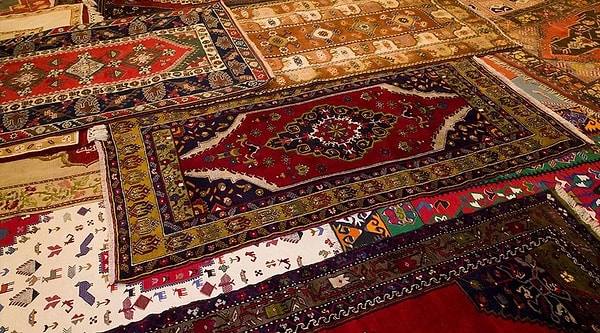
Turkish carpet weaving evolved into a sophisticated art form, with weavers developing increasingly intricate and colorful designs. In particular, the Ottomans, who ruled Turkey from the 14th century to the early 20th century, were major patrons of carpet weaving. They used carpets as decoration in their palaces, mosques, and other important buildings, and they also gave them as gifts to foreign dignitaries.
The quality of Turkish carpets has always been exceptional, owing to the skilled craftsmanship of the weavers and the use of high-quality materials such as wool and silk.

In the early days, wool was the primary material used for carpet weaving. Wool is a durable and versatile material that can be easily dyed, and it was readily available in the Anatolian region. Silk, on the other hand, was a luxury material that was reserved for the most expensive and elaborate carpets.
One of the most famous types of Turkish carpets is the Hereke carpet.

These carpets were produced in the Hereke district near Istanbul and were highly prized for their fine quality and intricate designs. Hereke carpets were made using the finest silk and wool, and they often featured intricate floral and geometric designs.
In the early 20th century, the rise of machine-made carpets posed a major challenge to the traditional Turkish carpet weaving industry.
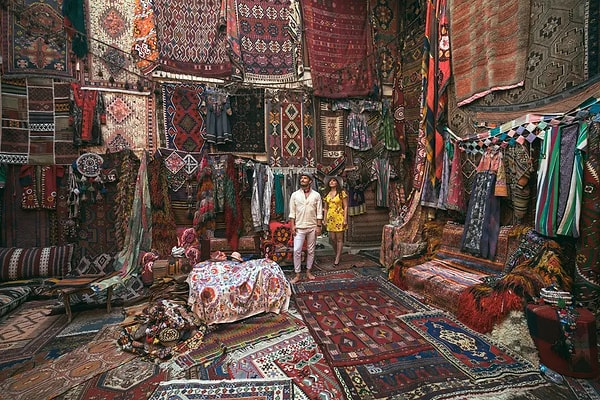
Many weavers lost their livelihoods as consumers turned to cheaper, mass-produced carpets. However, in recent years, there has been a renewed interest in traditional carpet weaving, and the craft is once again thriving.
Today, Turkish carpets are produced all over the country, with each region having its own unique style and designs.

For example, carpets produced in the eastern region of Anatolia are known for their bold colors and geometric designs, while those produced in the western region of Aegean are known for their muted colors and floral motifs.
Turkish carpets are not only beautiful works of art, but they also hold great cultural and historical significance.
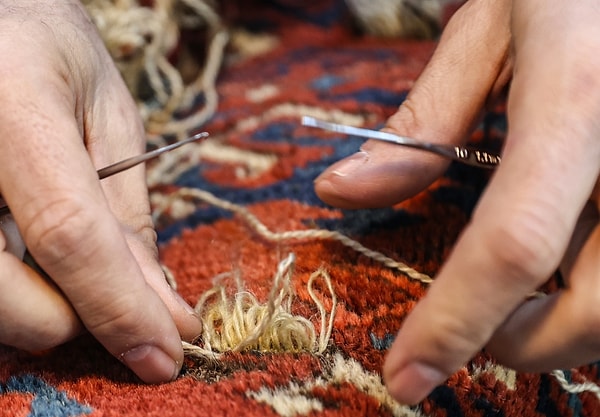
They are often used in religious ceremonies and are considered important symbols of Turkish identity. In addition, carpet weaving plays an important role in the social and economic life of many Turkish communities. Weaving is often a family tradition that is passed down from generation to generation, and it provides a source of income for many families.
In conclusion, Turkish carpet weaving is an important part of Turkey's cultural heritage.
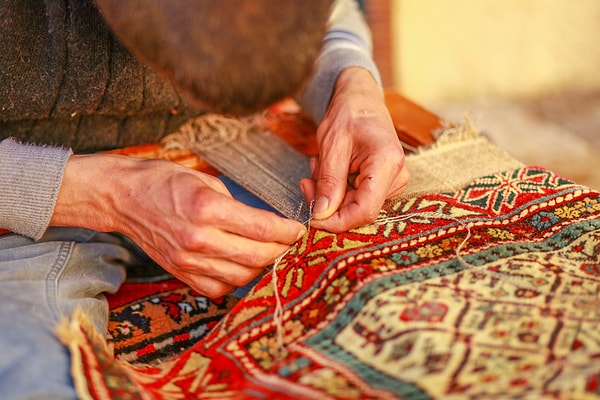
The art form has been perfected over thousands of years, and it continues to thrive today. Turkish carpets are prized around the world for their beauty and quality, and they are an important symbol of Turkish identity. By understanding the history and significance of Turkish carpet weaving, we can gain a deeper appreciation for this ancient art form and the skilled craftsmen who create these beautiful works of art.
Do you like Turkish carpet designs? Let's meet in the comments!
Keşfet ile ziyaret ettiğin tüm kategorileri tek akışta gör!


Send Comment